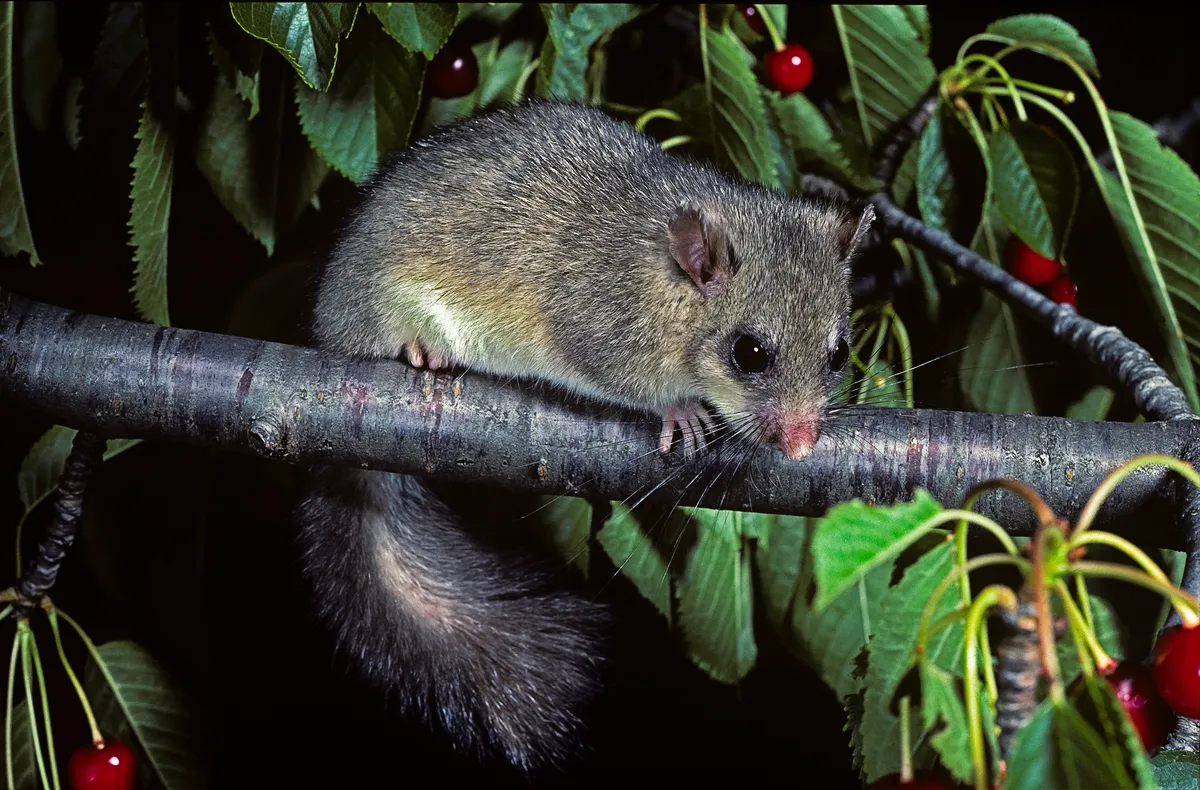A century ago hazel dormice were once commonly found in Britain. Today, the species is one of the most endangered in Britain but ongoing conservation work is helping to halt the decline.
Our guide to hazel dormice looks at how to identify, facts about the species, and conservation efforts to save the endangered species.
How to identify a dormouse
The hazel dormouse, Muscardinus avellanarius, (also known as the common dormouse) is a member of the rodent order. It is easily distinguished by it’s fluffy tail, golden-brown fur and striking brown eyes, and weighs as little as two £1 coins.
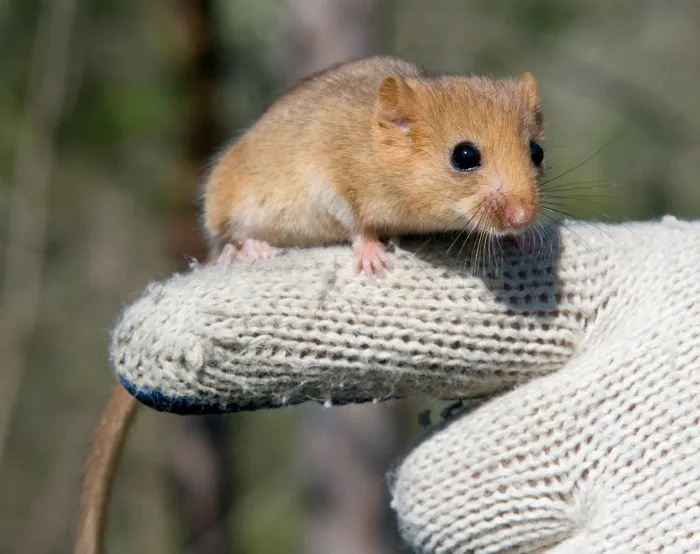
Are dormice nocturnal?
Dormice are nocturnal rodents that sleep a lot! It’s this sleepy nature that has given them their name, as it comes from the French word “dormir” which means to sleep.
Dr Robyn Grant a lecturer in Environmental Physiology & Behaviour at Manchester Metropolitan University, who has studied dormice behaviour, said: “Dormice are nocturnal and arboreal – meaning they spend most of their time in branches of trees off of the ground. Their movement within this canopy relies on their whiskers. Hearing, vision and smell also play a role in guiding them around their environments.”
This sleepy nature of the dormouse was portrayed by Lewis Carroll in Alice’s Adventures in Wonderland. The dormouse at the Mad Hatters tea party is forever nodding off, talking and singing in its sleep, and this lazy, hopeless nature only enhanced their popularity.
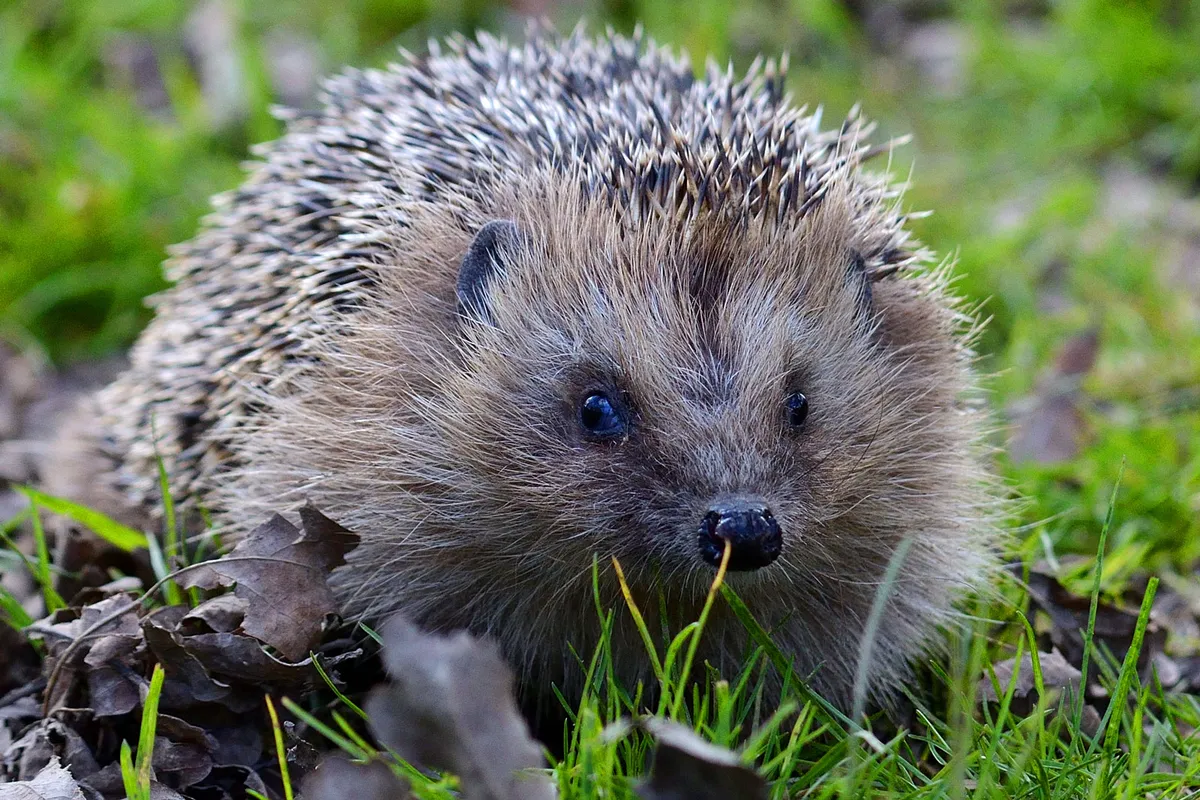
What do dormice eat?
Hazelnuts provide a great source of fat for dormice; so hazel trees are an ideal habitat. They need to bulk up for the winter months so they eat a wide range of things, including pollen, fruits, nuts and insects. Dormice can almost double their body weight just prior to hibernation, fluctuating from between 15-20g to 30-40g.
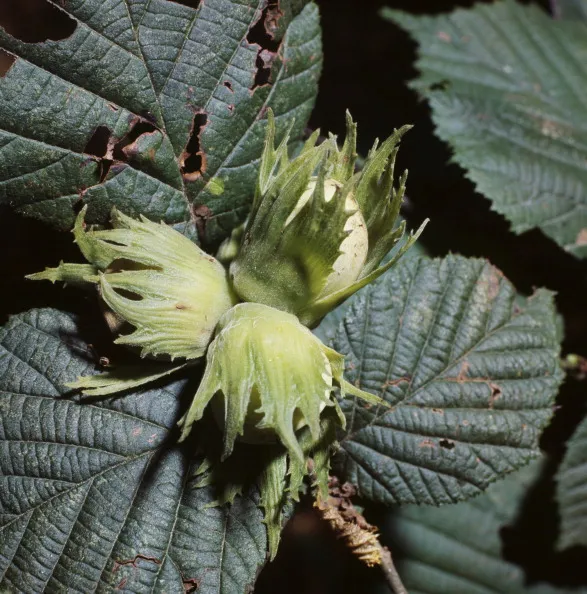
Why are dormice endangered?
As recently as 100 years ago dormouse populations were a lot more widespread.
According to figures from the People's Trust for Endangered Species, hazel dormice have become extinct from 17 English counties since the end of the 19th century, with populations thought to have fallen by a third since 2000 – a rate of decline equivalent to 55% over 25 years. Loss of woodland and hedgerow habitat, as well as changes to traditional countryside management practices, are all factors which have caused this decline.
Dormice are fully protected by law and it’s a crime to disturb, injure, or kill them in their nests, or collect, trap or sell them without a licence. Numbers of hazel dormice are dangerously low and have been declining over the last 100 years. The hazel dormouse population is now down to around 45,000 and has become extinct in seven counties in north and east England.
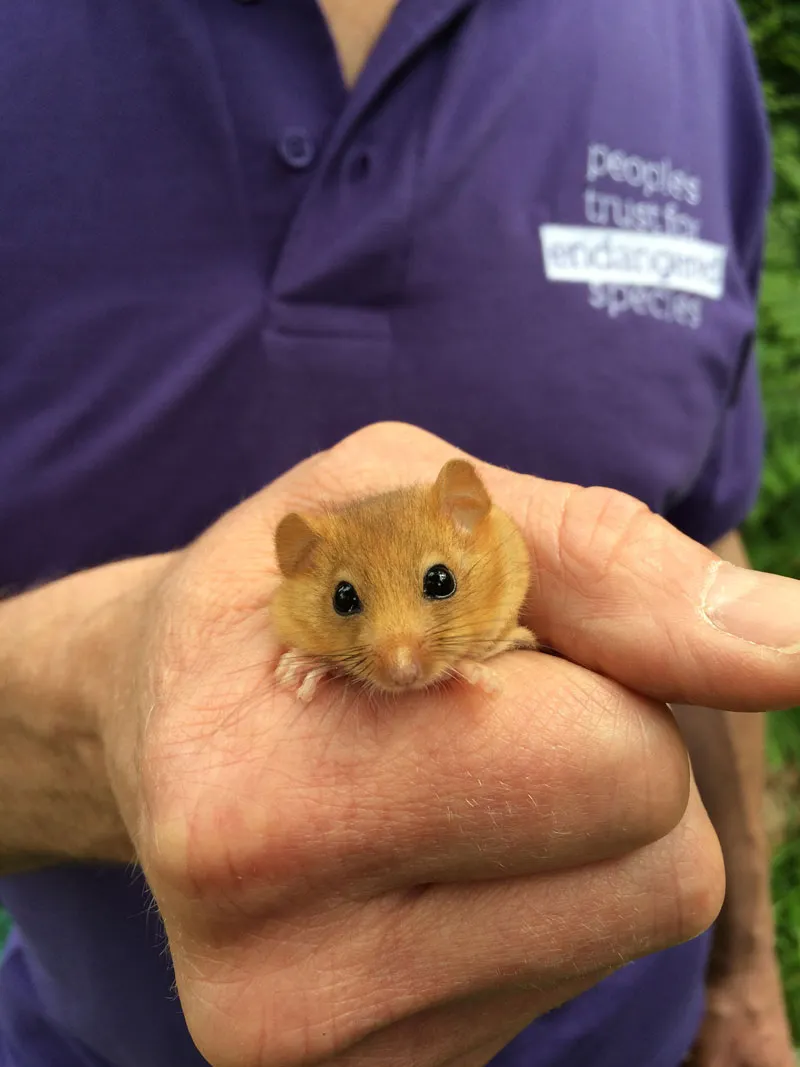
The State of Britain’s Dormice report, published by wildlife charity People’s Trust for Endangered Species (PTES), shows that hazel dormice numbers have declined by 38% since 2000, and 55% since the 1990s, with changes to farming and woodland management practices shown to contribute to the species decline. Climatic changes, such as wetter springs and summers, which make foraging for food more challenging, and warmer temperatures in wintertime, which can also interrupt hibernation, have also be found to contribute.
Grey Squirrels, hedgerow and woodland fragmentation, climate change and a lack of coppiced woodland have all contributed to the decline of dormice. Grey squirrels eat nuts at an earlier stage in autumn, and so leave very little for the dormice. Non-coppiced woodland creates an unsuitable habitat and climate change disrupts the hibernation cycle, meaning the rodents wake too often in the winter.
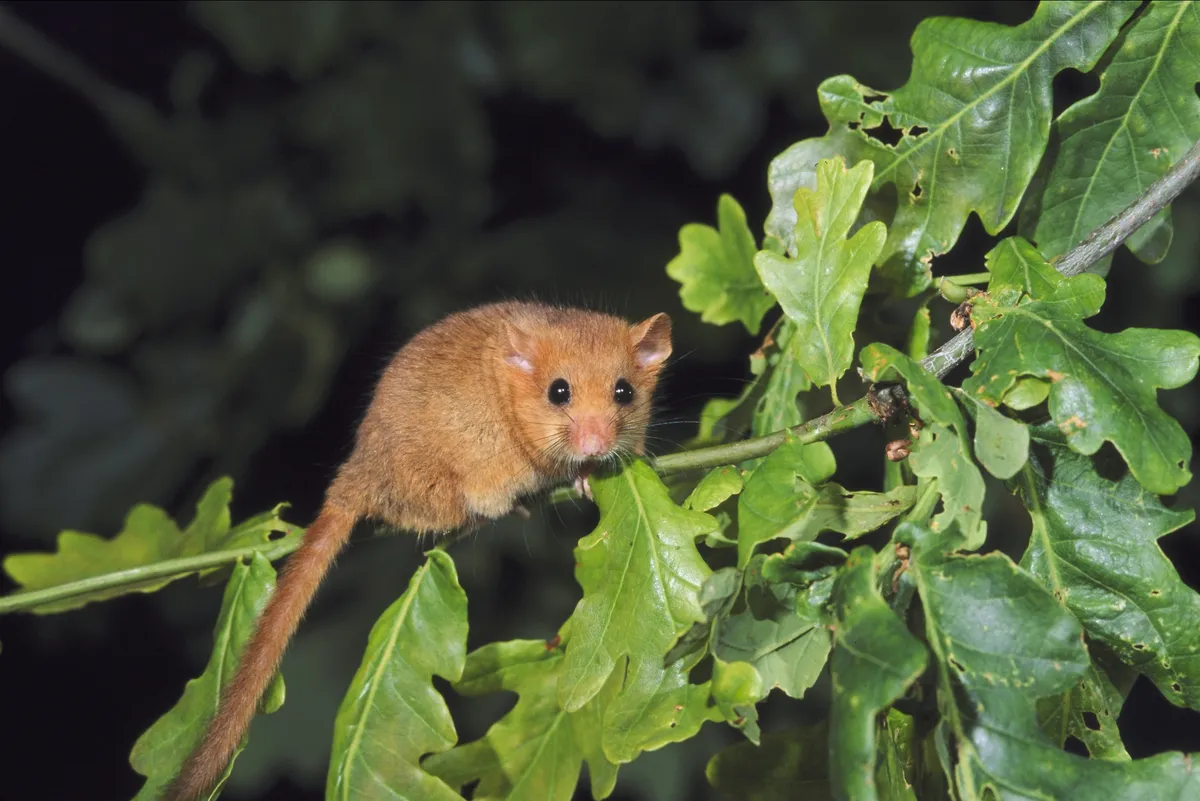
Conservation work to save the dormouse
In June 2018, 39 dormice were released in a woodland in Warwickshire as part of the Natural England Species Recovery Programme run by the People's Trust for Endangered Species.
According to the conservation group, reintroductions play an important role in the long-term conservation of the dormouse and marked the group's 27th dormouse reintroduction. Over the last 25 years, more than 900 dormice have been released at 23 different sites.
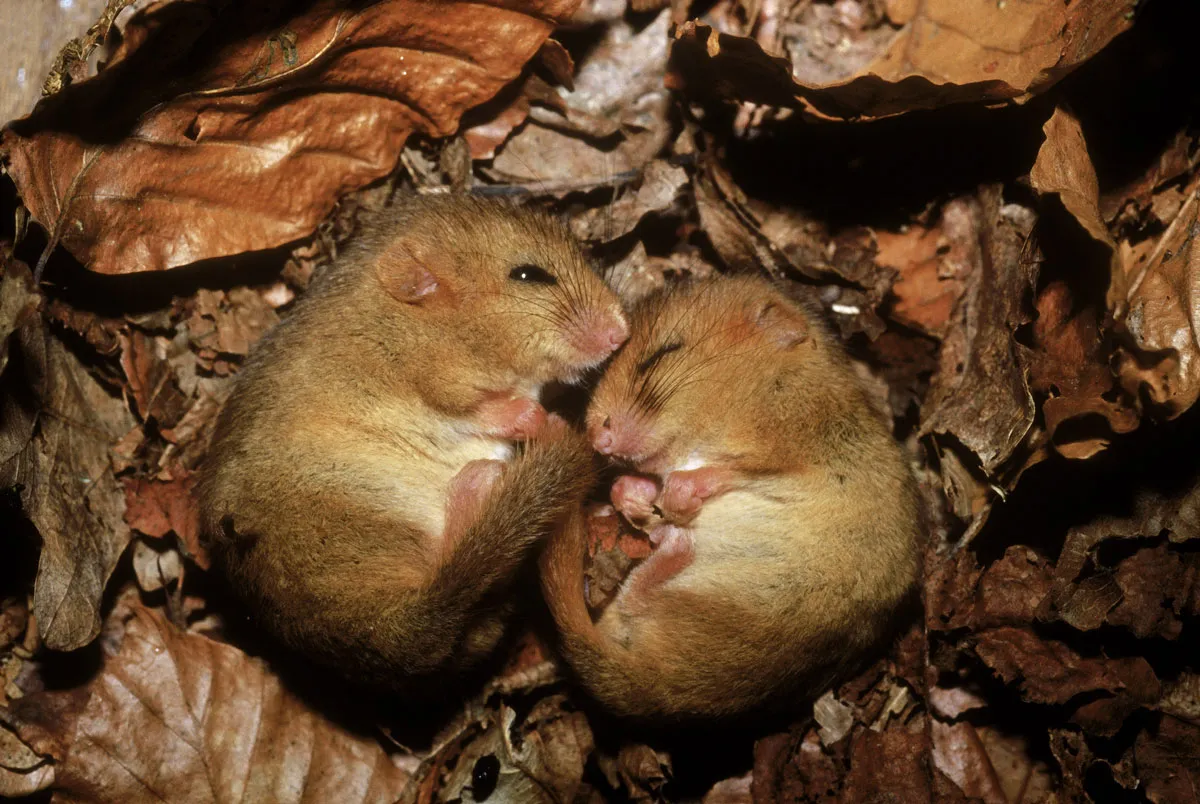
Dormice as a delicacy!
There is a species of dormouse that was once, and in some places still is, a bit of a delicacy. The edible dormouse, Glis glis, was eaten by upper class Romans – they baked and stuffed the dormice, or fried them and dipped them in honey and poppy seeds. In parts of Slovenia and Croatia they are still eaten. Dormice aren’t eaten in the UK and the killing of them is against the law.
